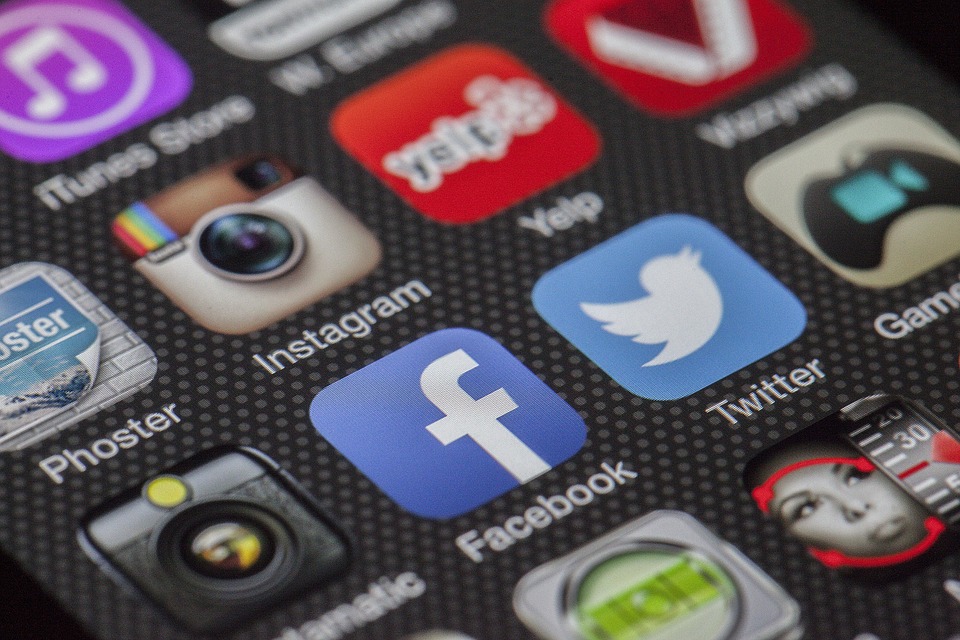It’s pretty much what you think, with a few surprises.
By MediaStreet Staff Writers
A new study shows that too many unsolicited emails and sales calls will significantly damage brand loyalty. Well it does in the IT industry anyway. While this study was conducted within the IT sales arena, wisdom from the findings can be applied to all industries.
The study was conducted by Spiceworks who announced the results of the new survey today. It explored how often IT buyers are contacted by sales reps and marketers, what drives them to engage with tech brands, and what drives and damages their loyalty to vendors.
The study, Brand Loyalty 101: Winning over IT Buyers, reveals 85 percent of IT buyers believe too many sales calls and emails from tech brands make them less likely to purchase from a vendor they’re loyal to. In fact, feeling bombarded by emails and calls is just as likely to deter brand loyalty as a security issue with a vendor.
“It’s no surprise that IT buyers react to value — they want reliable products, a fair price, and timely customer support, which all helps build a great brand experience,” said Sanjay Castelino, vice president of marketing at Spiceworks. “But this brand experience doesn’t start when a buyer becomes a customer. It starts with prospects, and if you’re continuously sending them irrelevant products and information despite low engagement rates, you’re starting in a hole that you’ll have to dig out of to eventually build brand loyalty.”

Great customer support and fair pricing are the top drivers of IT brand loyalty
In terms of how loyal IT buyers are to their current technology vendors, the results show more than 70 percent of IT buyers are loyal to their server, virtualisation, and networking vendors. About 65 percent of IT buyers are also loyal to their computing device and security vendors. However, they’re least loyal to their cloud-based service vendors (47 percent) and their IT outsourcing/consulting partners (52 percent).
When examining what drives brand loyalty among IT buyers, the results show more than 95 percent of IT buyers believe great customer support, consistently fair pricing, and a history of reliable products are important to driving brand loyalty. Ninety-one percent of IT buyers also believe access to technical experts at a company is important.
Additionally, when comparing the results by different generations of IT buyers, it’s evident creative marketing efforts are slightly more important to millennials than older generations. While 23 percent of millennials believe creative marketing efforts are important to driving brand loyalty, only 18 percent of Gen Xers and 13 percent of baby boomers said the same. The quality and frequency of communication from tech brands is also much more important to millennials than Gen Xers and baby boomers.
Over-Contact
The survey results show that on average, IT buyers are contacted by technology sales reps and marketers 13 times via email, five times via phone, two times via online forums/communities, one time via social media, and one time via physical mail per week. In some cases, IT buyers are contacted by tech sales reps and marketers up to 25 times a week.
However, the preferences of IT buyers aren’t always taken into consideration when it comes to how they want to be contacted by sales reps and marketers. Fifty-seven percent of IT buyers prefer to be contacted via email and only 8 percent of IT buyers prefer to be contacted via phone. Additionally, 36 percent of IT buyers prefer to seek out information on their own. In fact, 97 percent of IT buyers surveyed said they use online forums and communities to learn about new products, while 79 percent rely on tech news sites and 77 percent research new products via Google.
The vast majority of IT buyers won’t respond to a tech brand they don’t recognize
In terms of what motivates IT buyers to respond to a new sales rep or marketer, the results show a relevant product or service is most important. In fact, 77 percent of IT buyers said relevant products drive them to respond, followed by detailed pricing information (61 percent), detailed product specs (55 percent), a timely solution to a challenge (44 percent), and a free product trial (35 percent). However, only 12 percent of IT buyers said they’re likely to respond to sales or marketing outreach if they’ve never heard of the tech vendor.
When comparing the results by generation, it’s evident millennials are more likely to respond to sales reps and marketers if there’s a personalised message to them. Conversely, Gen Xers and baby boomers are more likely to respond if there’s a product or information that provides a timely solution to a challenge.












